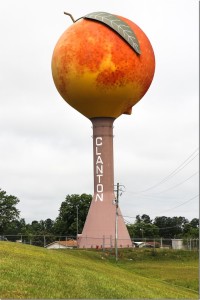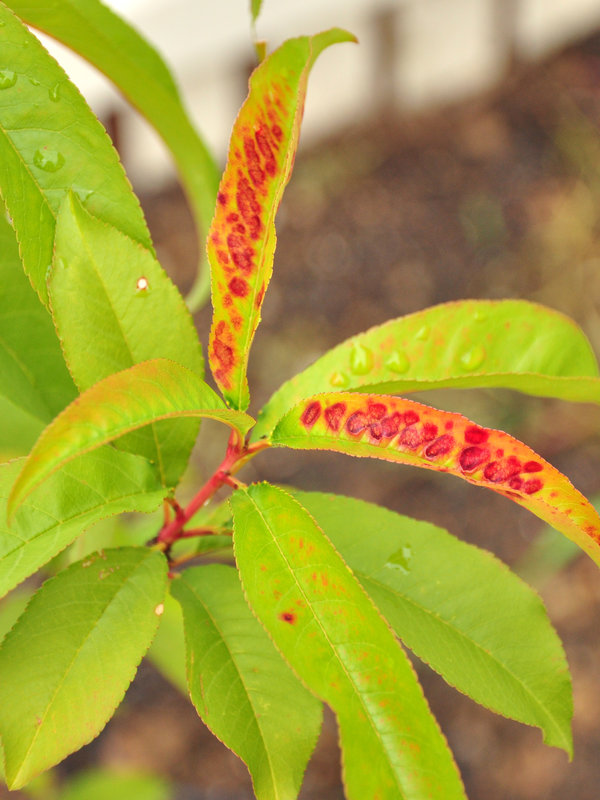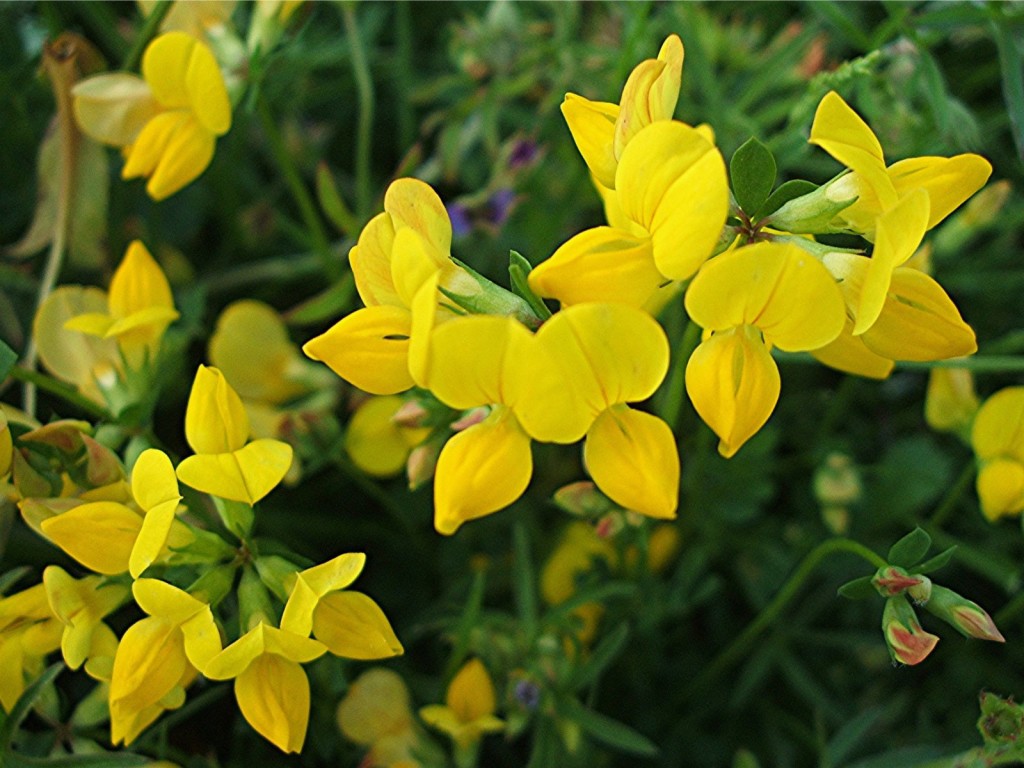We take our peaches seriously in these parts.
In researching this post I found a site that listed the characteristics of my variety of peach as “high maintenance.” Hmmm. Let’s hope the author of that site was just having a little squabble with their tree and that not all people who have previously committed to a harvester peach would refer to them with such a loving term.
I chose the Harvester variety because it seemed to be fond of the new Taylor Swift album. And also because I knew I wanted free stone, yellow flesh. After some minimal Googling, we pretty much just stuck it in the ground and hoped for the best, so that’s the reason behind today’s post. At one point last year it showed signs of low nitrogen, but really, tell me something I couldn’t have guessed.
Other than that, it’s looked healthy so far and appears to be doing what peach trees should be doing this time of year in the south. Gittin’ neked.
It looks like the big deal for peach tree maintenance is delaying blooming…delaying blooming. I can remember recent years in these parts where the weather patterns haven’t set up quite right for the peach tree farmers, and they’ve lost lots due to early bloom getting followed by late frost.
There’s a LOT for me to add to the garden calendar on this one, so I’ll just get right to it:
In the second year {which is what I’m quickly approaching}, fertilize with ¾ lb. 10-10-10 in spring and again in early summer. {I’ll put this down to do in April and June.}
Plant a nitrogen-fixing legume at the base of the tree to supply with extra Nitrogen. {Definitely trying this.} Suggested legumes are crimson clover or bird’s foot trefoil.
In the third year and beyond, fertilize with one pound of actual Nitrogen, applied as soon as signs of new growth are displayed.
If the tree is getting baked by the sun in the winter months, looks like I can paint the trunk white. {I reckon I have seen that done in these parts.}
In late winter, put a thick layer of mulch around the base of the tree to keep the cold in…again, delaying blooming.
What NOT to do:
- Don’t fertilize within two months of first fall frost
- Don’t cut the grass {or ground cover} down around the tree
- Don’t prune in the fall
- Don’t mulch around the base as winter approaches—this can encourage rodents to set up camp
This pruning thing looks complicated. And also like it requires a certain amount of just-do-it gardening guts. Looks like I can choose to do it either in early to mid-February or wait until the tree flowers first, so as to see which branches were injured in the winter cold. Think I’ll go with that, as well as with heavy pruning, also known as the cat tossing method.
The what?
The cat tossing method.
“You need to prune so that, when you’re done, you could take a cat and easily toss it through the openings between the remaining branches.” Dr. Lee Reich, “The Pruning Book” (Storey Publishing)
Donesies, says the dog lady.
{Dear future self: I’ll be needing to review here and here when it’s time to prune.}






